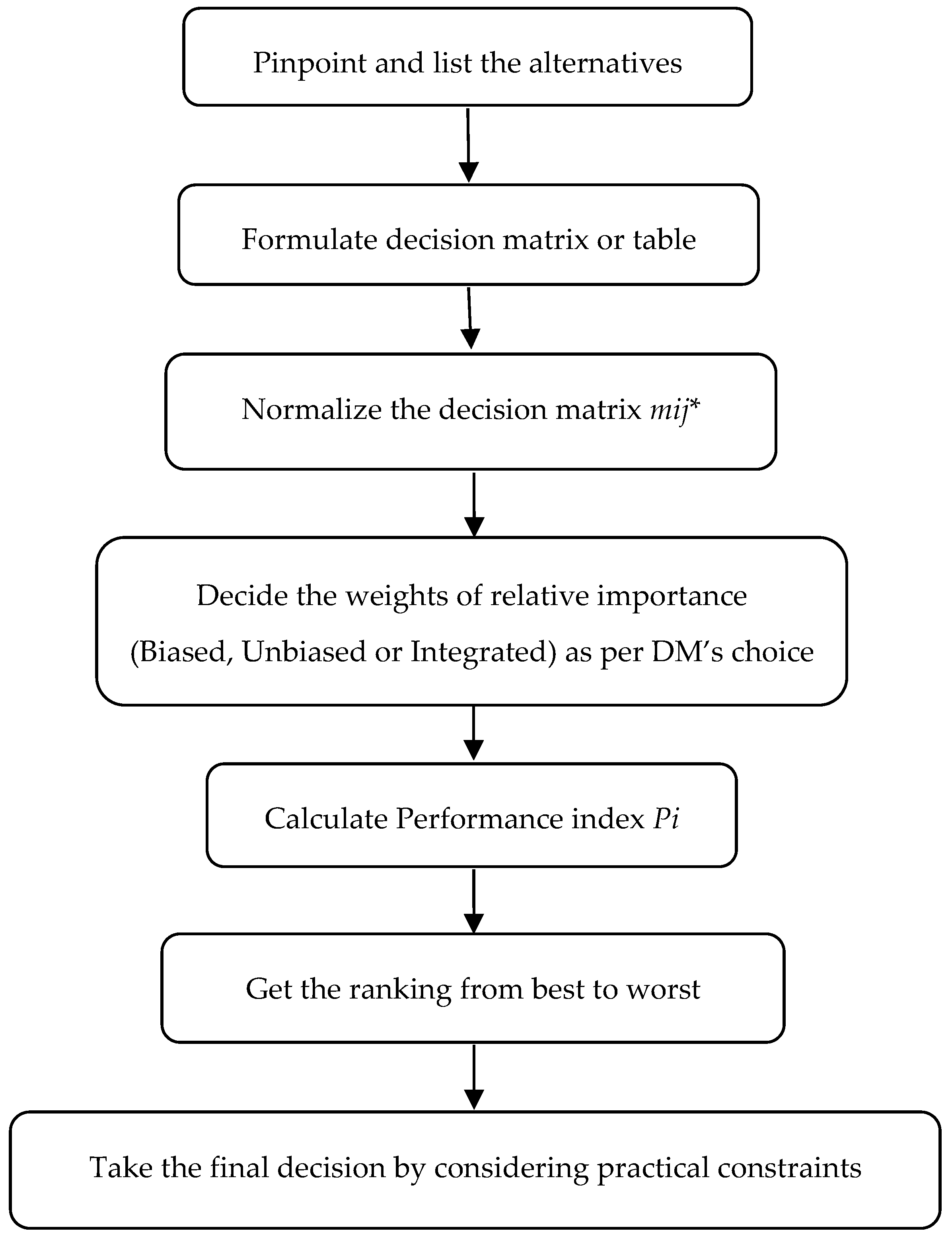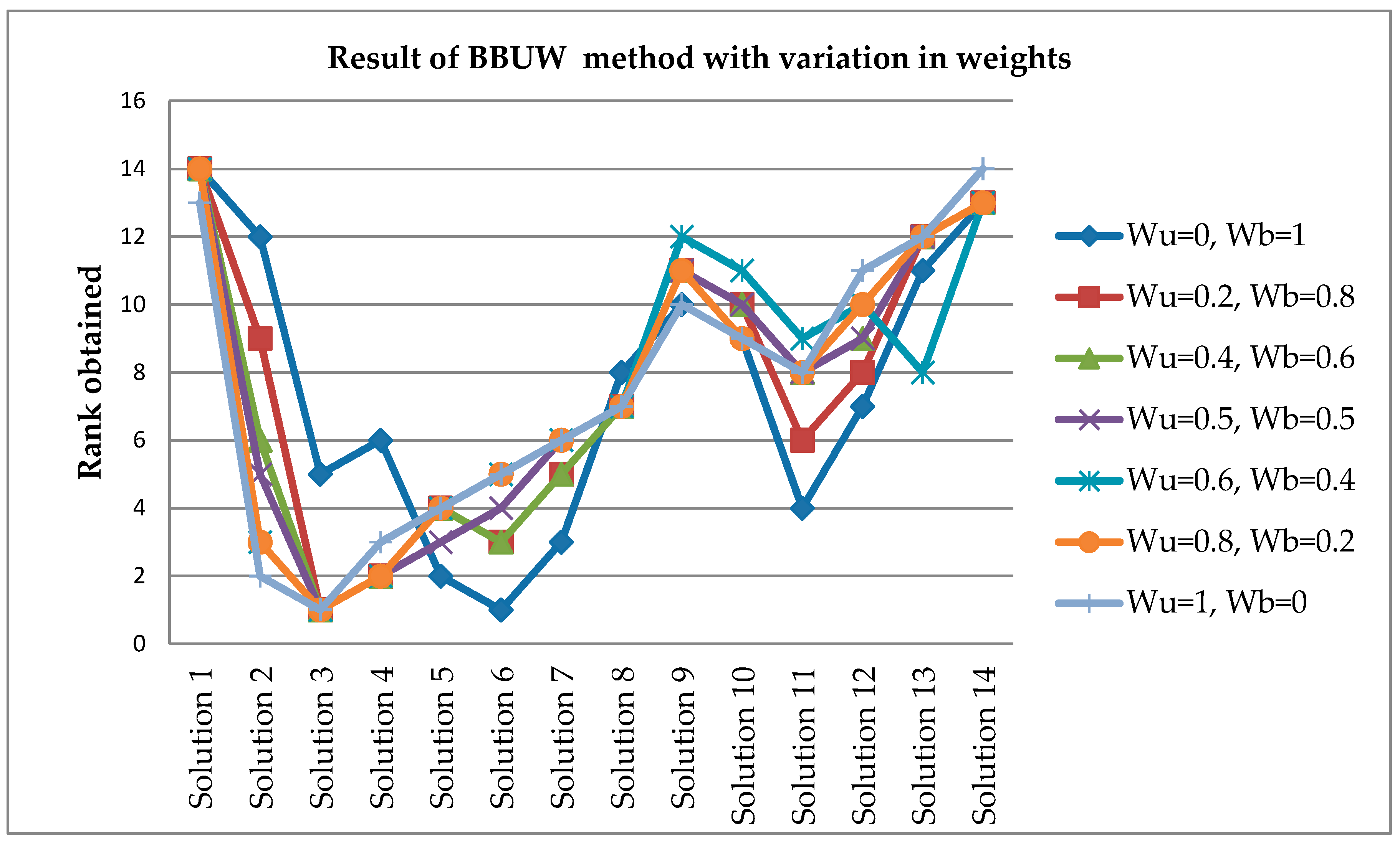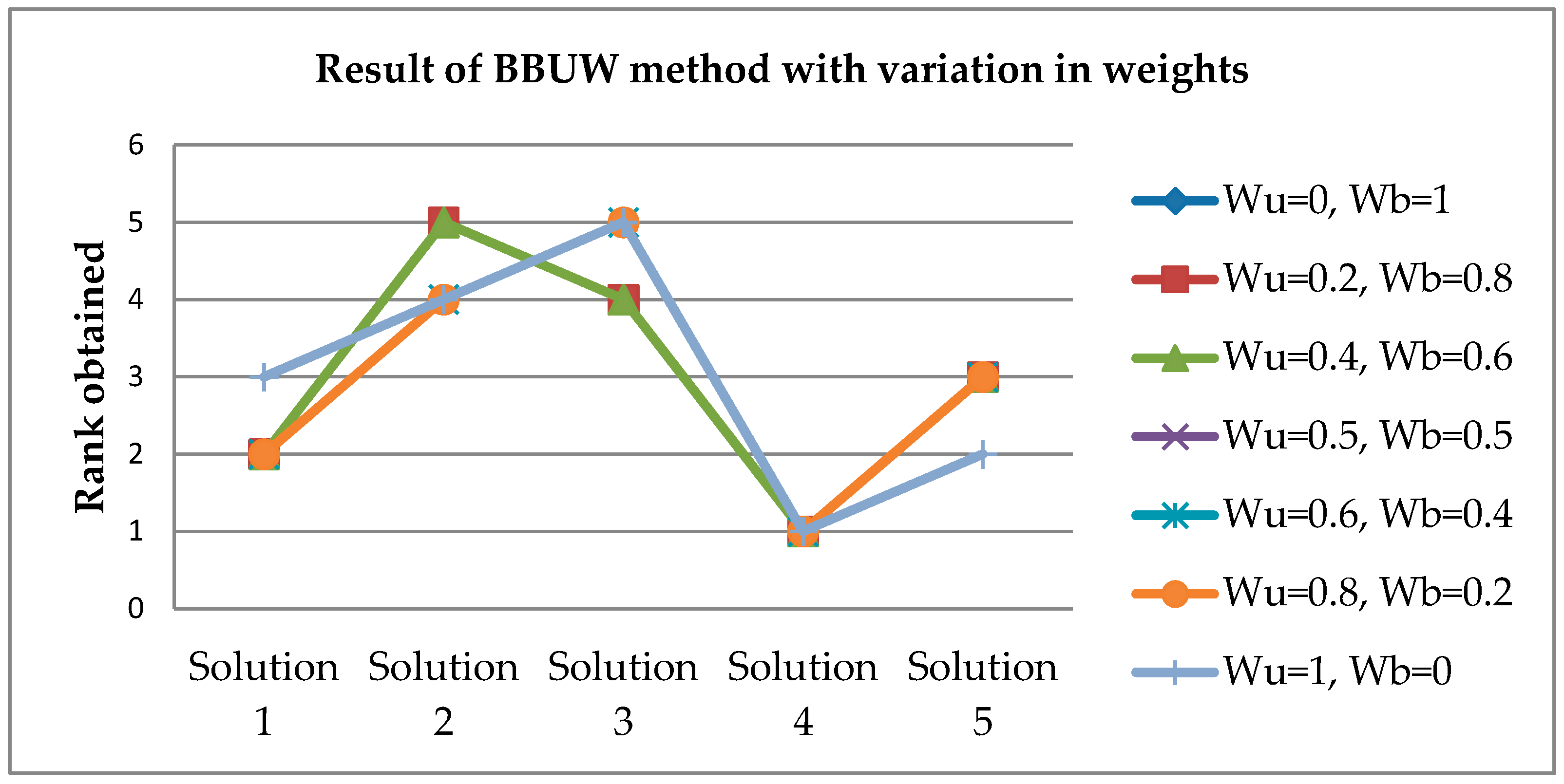1. Introduction
The electric power system is a vital part of modern developed societies. Electric power systems are mainly divided into three parts: generation, transmission and distribution. A distribution system (DS) is the tail end of the utility, and delivers electrical power to consumers. Due to the competitive environment and deregulation policies in the power sector, distribution companies are under continuous stress to curtail operating costs by minimizing active power losses and improving reliability and other parameters to affect the performance. This has forced power system managers to make use of innovative practices to contribute to the evolution of the power system into the smart grid. Smart grids (SGs) are modern, intelligent systems that consist of sensors and monitoring mechanism, such as information and communication technologies (ICT), to give better performance and to provide good economic service to consumers. Smart grids should be more reliable, more secure, more economical, more efficient, more environment friendly and much safer than conventional power systems.
A distribution system is mainly reconfigured for improving the reliability of the system, to balance the load on the feeders, to get relief from overloads, to minimize the power loss, to improve the voltage profile, and so on. In distribution systems, air break-type switches or sometimes circuit breakers are used for shifting the load from one feeder to another during fault conditions to maintain the reliability of the supply. Some of the switches are normally open (NO), and some are normally closed (NC). NO switches are known as sectionalizing switches, and NC switches are tie switches.By changing the position (ON/OFF) of sectionalizing switches and tie switches, the configuration or path can be changed or modified. Reconfiguration is altering of the topology of a network by changing the open/closed condition of NO/NC switches. Reconfiguration is done to improve the performance of the distributions system [
1,
2,
3,
4,
5,
6,
7,
8,
9,
10] through parameters like losses, reliability indices, voltage profile, and so on.
In ref. [
1], feeder reconfiguration is done for loss reduction and load balancing by using the branch exchange method. In ref. [
2], switches were opened one by one starting in a closed mesh, and the optimal power flow method is used. An algorithm is developed based on optimal flow pattern, for a single loop formed by closing a normally open switch, and the process is repeated until minimum loss configuration is reached [
3]. A genetic algorithm is used for the first time for minimum loss reconfiguration methodology in a distribution system [
4].
The heuristic method starts with all switches open, and at every step the switch results in the least increase of the closed objective function [
5]. A heuristic-based fuzzy multi-objective algorithm is proposed [
6] to solve the network reconfiguration problem in a radial distribution system. A technique at the low-voltage and medium-voltage (MV) levels of a distribution network, employed simultaneously with reconfiguration at both levels, is proposed in [
7], and the neural network is adapted for the network reconfiguration problem. A harmony search algorithm (HSA) is used to solve the network reconfiguration problem to get the optimal switching combination in the network, which results in minimum loss [
8]. In ref. [
9], a reconfiguration methodology considering reliability and power loss is proposed. The optimal status of the switches in order to maximize reliability and minimize the real power loss is found using a binary particle swarm optimization (BPSO) algorithm. In ref. [
10], a method is proposed to improve the reliability of the distribution system using the reconfiguration strategy and a clonal selection algorithm for optimization.
There are several important SG aspects, such as field sensors, ICT technologies and data collection equipment. Such elements are very relevant for the real feasibility of the considered application in a distribution system. In fact, they are crucial for the correct operation of network reconfiguration, measurement uncertainties, meter placement, communication and data collection issues, which can negatively affect decision-making performance. State estimation, power flow monitoring and control play a vital role in distribution systems, and in the worst case they can lead to wrong results.
In ref. [
11], a method for meter placement for improving the voltage quality and its angle in a distribution network is proposed. This method uses a bivariate probability index to control relative errors at each bus voltage and its angle. In ref. [
12], the problem of meter placement for distribution system state estimations is discussed. This method is based on exact calculations of probabilities, as compared to the method proposed in ref. [
11] in which estimated probabilities are used. A power-flow analysis in medium-voltage (MV) networks, based on load power measurements at a low-voltage level, is modified by considering the temporary unavailability of power measurement [
13]. Also, an artificial neural network (ANN)-based load-power estimation method is used. Measurement device placement in low-voltage (LV) distribution systems for load-flow analysis in medium-voltage distribution systems is proposed in ref. [
14]. This method finds the number and location of measurement devices considering the uncertainty of power flow estimation. The two-stage methodology for finding the optimal location for placing a monitoring device instrument with minimum investment cost using differential evolution (DE) and particle swarm optimization (PSO) is proposed in ref. [
15]. A second-stage real-time measurement to estimate the bus voltage is proposed, which is required for decision making.
For effective monitoring and controlling of distribution system meters are required to ensure they are placed optimally and economically. A brief review of meter placement and artificial intelligence algorithms is proposed in ref. [
16] by considering various constraints. Distribution system operators (DSOs) face many problems due to uncertainty while making decisions. In ref. [
17], an optimal power flow based on information gap decision theory is proposed. An internet protocol (IP)-based communication with power line communication (PLC) is proposed to get to the last point (i.e., smart meters, etc.) [
18]. An internet of things (IoT)-based distribution system cyber security is of prime importance. In ref. [
19], a decentralized energy management framework is proposed for decision making in distribution systems.
In decision making [
20,
21,
22,
23], numbers of alternatives or options are considered along with some attributes or criteria that are compared, processed and ranked. A decision table or matrix consists of number of alternatives and attributes. It also considers weightage or relative importance of attributes, as well as dealing with performance amongst alternatives, as described in refs. [
20,
21,
22,
23]. A decision maker’s (DM’s) main job is to get a compromised best from the given alternatives.
A traditional optimization approach in electrical distribution systems is to find the solution with the minimum cost, though in ref. [
24] the authors propose a methodology that evaluates a number of criteria by using the multiple-criteria decision-making (MCDM) method to trade-off between alternative solutions. Reconfiguration of distribution systems with Pareto front analysis is done by considering network losses and energy not supplied as multi-objectives [
25]. MCDM methods are helpful in finding the solutions to problems having multiple or conflicting objectives. A review of the literature was done to analyze the various methods, and it was found that the analytical hierarchy process (AHP), preference ranking organization method for enrichment evaluations (PROMETHEE) and elimination and choice translating reality (ELECTRE) were the most popular methods [
26].
Reconfiguration of distribution is done for various purposes. After the reconfiguration of distribution system, available alternatives are different switching combinations for decision-making. The attributes that may be considered for decision making are energy losses, security of system, voltage magnitude, capital cost, supply availability or non-availability, constraints related to capacity, length of the circuit and reliability indices such as system average interruption frequency index (SAIFI), system average interruption duration index (SAIDI), consumer average interruption frequency index (CAIFI), customer average interruption duration index (CAIDI) and average energy not supplied (AENS) [
27,
28].The application of multiple attribute decision-making (MADM) methods for decision making in distribution systems is described by PROMETHEE [
29], which is improved upon as AHP–PROMETHEE [
30]. An evaluation of Technique for Order Preference by Similarity to Ideal Solution (TOPSIS) and PROMETHEE [
31], and a comparison of the simple additive method (SAW) or weighted sum method (WSM), weighted product method (WPM) and TOPSIS and PROMEHEE methods is done in [
32].
Generally, there are two methods for determining attribute weights—biased (or subjective) and unbiased (or objective). The important aspect in decision making is that the weights are determined by experts. In an unbiased or objective method, there are also some biased or subjective factors to be considered. The unbiased weightage method has the advantage of having information about attributes to decide weights, and does not depend on the biased judgment of decision makers. The weights are assigned by applying a mathematical method to attributes.
In a biased weightage method, weights are assigned to attributes as per the experience of the decision maker, who should have experience and the field. A decision maker’s experience can be very useful in deciding the biased or subjective weight method, but it should not be at the cost of losing its flexibility and mutability, as doing so can lead to randomness. In an unbiased or objective weight method, subjective will is not considered, and therefore it can be inconsistent with the actual importance of given attributes and it may be difficult to explain the results obtained.
Researchers must take advantage of and overcome the limitations of the combined biased and unbiased weights, but methods must be chosen to determine unbiased and biased weightages, or which methods can be combined, to overcome the limitations of either the biased or unbiased approach.
In this paper, a blended biased and unbiased (BBUW) method is proposed for obtaining the compromised optimal combination of switches by considering some of the attributes from available alternatives for practical distribution systems, and the results are compared with other MADM methods such as WSM, WPM, AHP and TOPSIS [
27,
28,
29,
30,
31,
32].
4. Results and Discussions
MADM methods use biased or subjective and unbiased or objective methods to determine weights. In some studies, researchers have combined biased and unbiased weights. In this paper, a blended biased and unbiased weightage (BBUW) MADM method was elaborated in detail considering statistical variance. In order to carry out a more complete analysis, the biased and unbiased weights were varied, and their effects on solution ranking were studied for the considered case studies. This was done to provide flexibility, as sometimes the priorities of distribution system operators may change due to changes in configuration or other alterations in infrastructure. In the literature available, weights were not varied for the considered case studies, thus the results of the present cannot be compared with them. Further, the weights obtained from the BBUW were taken as the inputs for the WSM, WPM and TOPSIS methods, and ranking was done accordingly for different combinations of biased and unbiased weights.
Other MADM methods, WPM, WSM and TOPSIS, were worked out to study and compare for two distribution network case studies to support in decision making. The attributes considered for the first case study reduced power losses in the system and minimized reliability parameters, such as SAIFI and AENS. The results of the BBUW and all other MADM methods were compared and arrived at the conclusion that alternative number 3 should receive rank 1 in WPM, WSM, TOPSIS and the proposed BBUW method. As anticipated, the rankings of the solutions were opposites, indicating that reliability and losses of these attributes were conflicting with each other. When the weights varied from 0 to 1, from unbiased to biased, rank 1 was obtained for solution 3, the first 7 positions were solutions 2–8 and the last ranking was different. The validation was done by comparing the results of the BBUW with the WSM, WPM and TOPSIS methods.
For the distribution network in cast study 2, the attributes considered were system security, capital cost, supply availability, annual energy losses, circuit length and capacity constraints. All the attributes were almost conflicting. The results of the BBUW and all other MADM methods were compared and arrived at the conclusion that alternative number 4 should receive rank 1 for the WPM, WSM, TOPSIS and proposed BBUW methods. Other rankings obtained by the BBUW method and other methods used in this paper were almost the same, hence the results are verified and validated.
The main advantage of this method is that it makes use of a DM’s experience, and deciding biased (or subjective) weights and unbiased (or objective) weights is accomplished using a mathematical model of statistical variance. The limitations of the work are that this method is applicable only to balanced distribution networks, and it does not consider the effects of distributed generation energy sources in the system. These issues are left for future studies to resolve. Sensitivity analysis can also be performed in the future.








